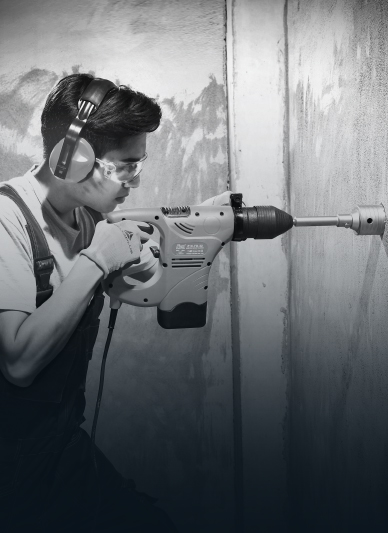Custom OEM Steel Rebar Chisel Tool in China
In the realm of modern sculpting, the Steel Chisel remains an indispensable tool, embodying a rich history and a profound impact on the art form. Its versatility is unmatched, allowing artists to express their creativity in a myriad of ways. This article delves into the various roles that Custom Steel Chisels play in contemporary sculpting techniques, highlighting their enduring significance.
The Steel Chisel, a tool crafted from hardened steel, has been a staple in the sculptor's toolkit for centuries. Its design, which typically features a sharp, pointed end and a flat, sturdy handle, is specifically engineered for precision and durability. Its ability to withstand the rigors of sculpting, coupled with its sharpness, makes it ideal for a wide range of sculpting applications.
Traditional sculpting techniques often involve the use of Steel Chisels for carving and shaping materials such as wood, stone, and metal. The Steel Chisel's sharp edge allows artists to remove material with precision, creating detailed and intricate designs. In wood carving, for instance, a series of different ones are used to achieve various effects, from roughing out the initial form to refining the details.
In stone sculpting, the Steel Chisel is used to chip away at the material, gradually revealing the form hidden within the stone. The process requires a combination of strength, skill, and patience, as the artist must carefully control the direction and force of each chisel strike. The variety of them available, each with a different shape and size, allows sculptors to work with a range of stone types, from soft limestone to hard granite.
The advent of modern sculpting techniques has not diminished the importance of the OEM Rebar Chisel. On the contrary, it has expanded its utility. Contemporary artists often combine traditional and modern methods, using them alongside power tools and digital technology. Its precision is particularly valuable in creating the fine details that can be lost when using more aggressive tools.
Metal sculpting presents unique challenges due to the hardness and durability of the material. Steel Chisels are essential in this field, as they can be used to shape, carve, and refine metal sculptures. The use in metalworking often involves striking the chisel with a mallet, which requires a high level of skill to prevent damage to the workpiece.
The Steel Chisel is not just a practical tool; it is also an artistic instrument. The marks left by it on a material can add texture and character to a sculpture, contributing to its overall aesthetic appeal. Many artists intentionally leave the marks of their visible, as a testament to the manual labor and skill involved in the creation process.
Over time, the design of Steel Chisels has evolved to meet the changing needs of sculptors. Modern ones are often made from high-quality steel alloys, which offer greater durability and sharpness. The handles have also been improved for better grip and comfort, with some featuring ergonomic designs to reduce strain during extended use.
In art schools and workshops, Steel Chisels are a fundamental part of the sculpting curriculum. Students are taught the proper techniques for using them, including how to sharpen them, maintain them, and use them safely. The hands-on nature of working with them helps to develop a deep understanding of sculpting principles and techniques.
The production and sale of Steel Chisel Tool in China contribute to the economy, providing jobs in manufacturing, distribution, and retail. As the demand for them remains strong, particularly among professional sculptors and hobbyists, this sector continues to thrive.
Despite the rise of digital sculpting and 3D printing, the Steel Chisel remains a vital tool in the sculptor's toolkit. Its tactile nature and the control it offers are irreplaceable for many artists. As sculpting techniques continue to evolve, the Steel Chisel will likely continue to adapt and remain a central component of the sculpting process.


 English
English русский
русский 中文简体
中文简体

